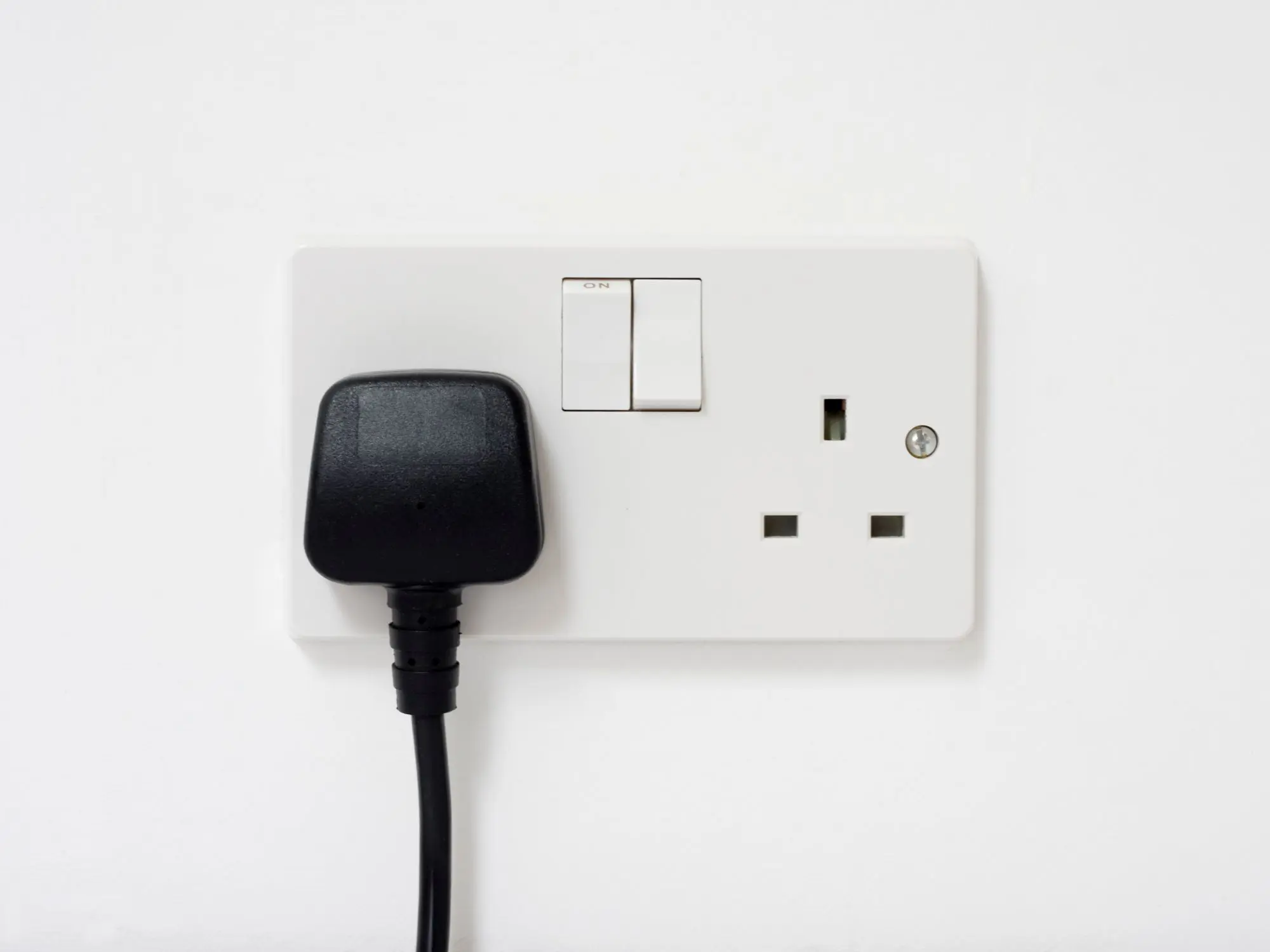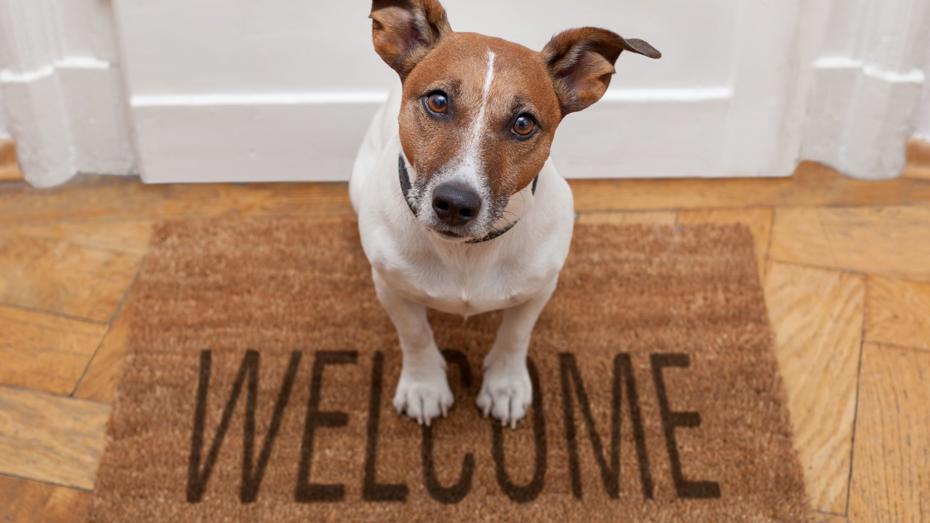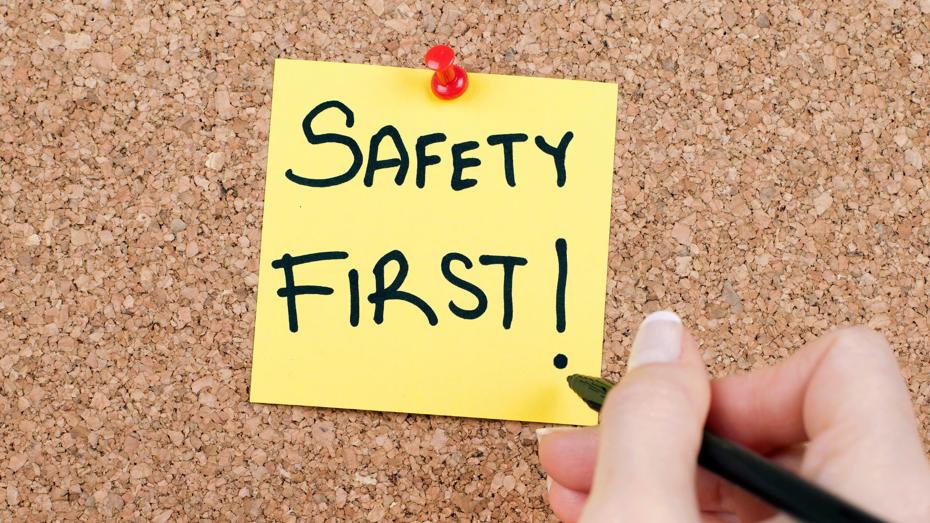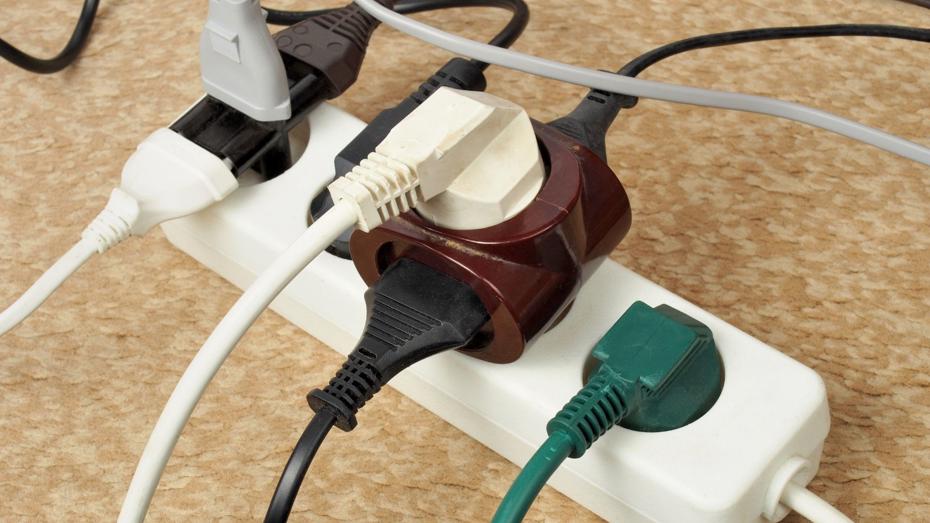Why electrical safety checks matter
We carry out regular safety inspections of electrical installations in your homes and comply with the relevant legislation.
We aim to ensure the safety of fixed electrical installations and portable appliances (where applicable) in properties we own and manage. Installations in dwellings owned and managed by us are to be installed, maintained and serviced to required standards and inspected at appropriate intervals to minimise the risk of electrocution, fire, damage to property, injury and/or death.
We are committed to ensuring our tenants’ and leaseholders’ homes remain safe and fit for purpose. In achieving this we will comply with all relevant legislation and regulations.
In particular, we are committed to achieving compliance with the 18th Edition of the Wiring Regulations, also known as BS 7671. All domestic wiring installations must now be designed, constructed, inspected, tested and certificated to meet the requirements of BS 7671:2008.
Only appropriately-skilled and competent persons will carry out electrical inspection and testing. A person shall be deemed skilled to carry out the appropriate inspection and testing only if they have sufficient qualification, knowledge and experience.
To ensure the electrical installation in your home meets the UK national standard BS 7671 (Requirements for Electrical Installations) and is safe to use, SLH will carry out a periodic safety inspection of the electrical installation in your home. When this inspection is due we will write to you in good time to give you notice of the inspection. We then need to arrange an appointment with yourselves to carry out the inspection and complete this work.
This safety inspection is a regulatory requirement and we cannot stress importantly enough that it must be carried out for your safety. The inspection generally takes a full working day to complete as any urgent remedial works required to make the electrical installation safe must also be completed during this time. We now offer appointments on Saturdays to make it easier for you to make this arrangement.
The purpose of periodic inspection and testing is to check compliance and provide for:
- safety of persons against the effects of electric shock and burns
- protection against damage to property by fire and heat arising from an installation defect
- confirmation that the installation is not damaged or deteriorated so as to impair safety
- the identification of installation defects and departures from the requirements of BS 7671 that may give rise to danger
Tips to stay safe in your home
Staying safe at home starts with a few simple habit. Here are four handy electrical safety tips to help protect you at home.
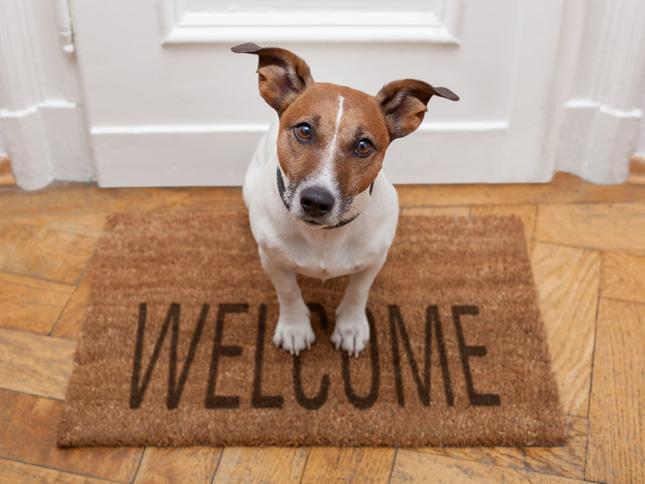
Tip 1 - Let us in!
We need access to your home to carry out a periodic electrical inspection. This is a legal requirement and helps ensure your home remains safe and compliant.
A qualified electrician will check your electrical system for any faults or risks. The visit usually takes a few hours and causes minimal disruption.
Please make sure someone is available to let us in. If you need to reschedule, contact us as soon as possible.

Tip 2 - Report any problems straight away
If you notice any problems with the electrics in your home, such as flickering lights, tripped circuits, burning smells or faulty sockets, please report them to us without delay.
Electrical faults can pose serious safety risks, and early reporting helps us respond quickly to keep you and your home safe.
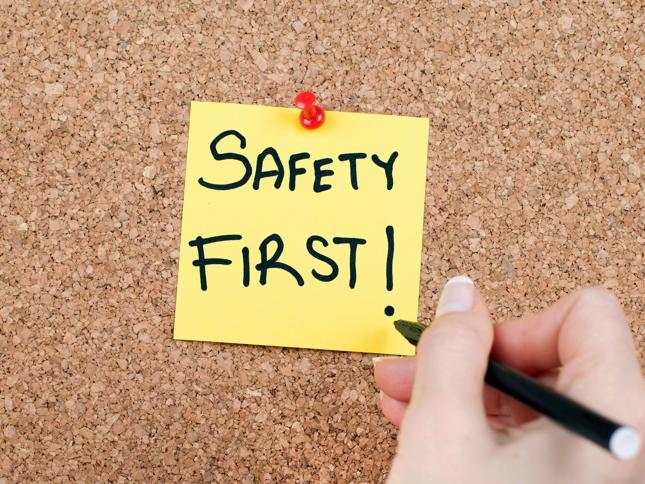
Tip 3 - Read the factsheet
Read Electrical Safety First's Fire Fact Sheet
The factsheet from Electrical Safety First summarises the main causes and risks of electrical fires in UK homes, highlighting common appliances involved, injury statistics, and safety tips including RCDs, smoke alarms, and proper appliance use.
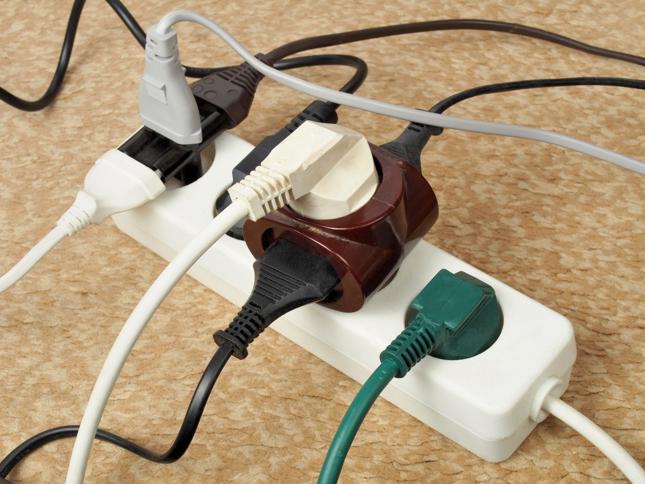
Tip 4 - Check if your sockets are overloaded
Use Electrical Safety First's online calculator to see if your sockets are overloaded
This page explains the fire risks of overloading electrical sockets, offering safety tips, warning signs, and a socket overload calculator to help users avoid exceeding safe power limits.
Related

Gas servicing
Your gas appliances should be kept safe and serviced annually.

Fire safety
Key information about fire safety in flats, apartments and communal areas.

Asbestos
What you need to know about asbestos in your home.

Pests in your home
Learn how to handle pest infestations in your home.
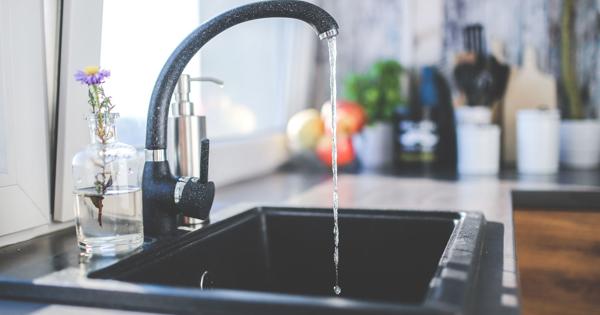
Water hygiene
Making sure that the water in your home is safe and hygienic is a top priority.

Lift safety
We keep you safe by regularly servicing and inspecting all lifting equipment, including lifts and hoists, and provides clear guidance on how to report issues and expected response times.

